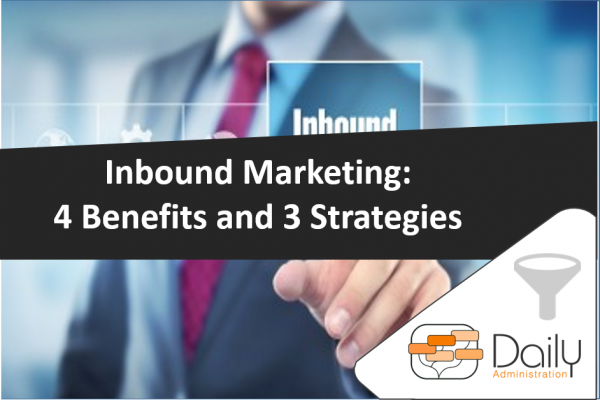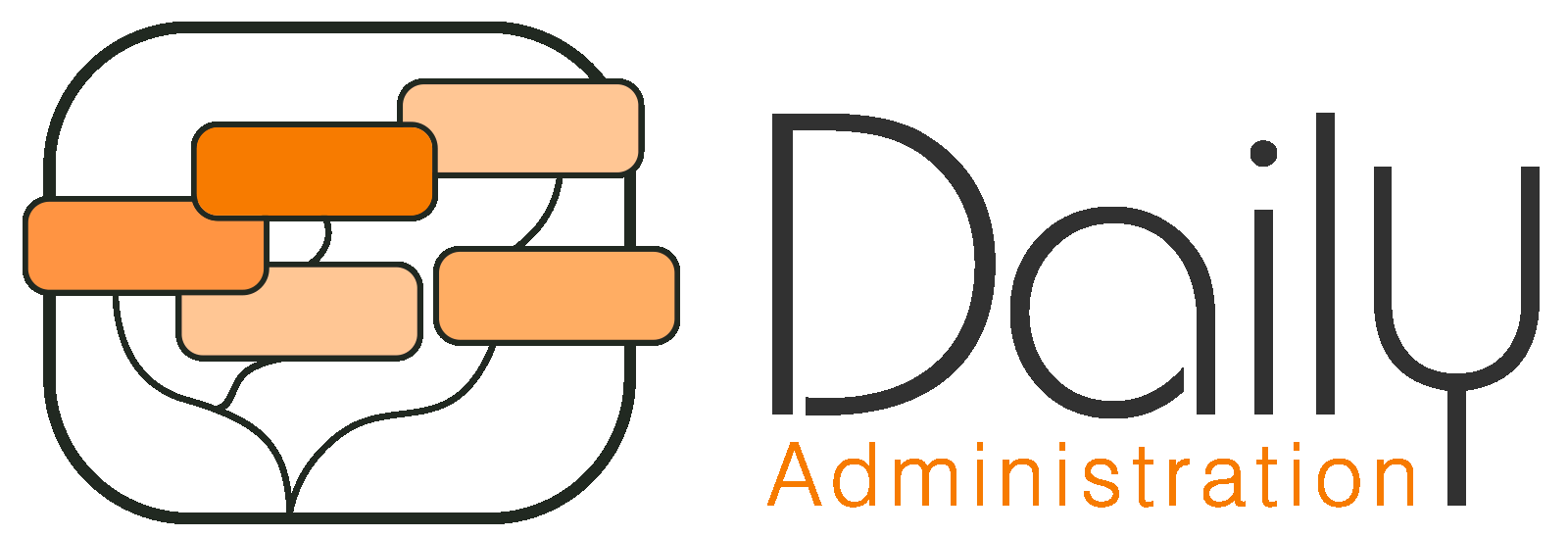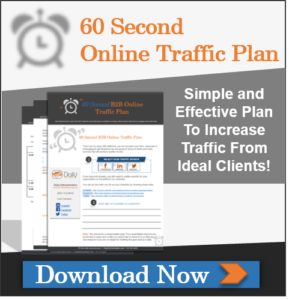Inbound Marketing: 4 Benefits and 3 Strategies

What Makes Inbound Marketing Different from Outbound Marketing?
Inbound marketing techniques take advantage of modern technology to generate interest and communicate the value of the company’s products or services.
- Inbound marketers facilitate two-way communication with potential buyers, whereas outbound marketers focus on talking at potential buyers.
- Inbound marketers take advantage of SEO content, personal referrals, and interaction on social media to generate conversions. Outbound marketers use more traditional marketing methods — like TV ads or online banners — to attract customers.
- Inbound marketers provide free downloadable content to help potential clients make decisions, whereas outbound marketers…well, they just don’t do that.
- Inbound marketers educate or entertain potential buyers, whereas outbound marketers focus on making a sale.
In summary, the main difference between inbound marketing and outbound marketing is how the customer is approached.
Even though inbound marketers and outbound marketers have the same goal — turning audience members into customers — inbound marketers rely on largely organic strategies, resembling the process that goes into developing a personal relationship.
Outbound marketers, on the other hand, rely on a more impersonal approach — and as a result, their ROI has been suffering lately.
Why is Outbound Marketing ROI Declining?
There isn’t something inherently bad about outbound marketing. However, inbound marketing better addresses modern media consumption and product research methods.
- The Guardian reports that 86% of people do not watch television ads.
- The Gartner reports that voicing complaints on social media is commonplace, so failing to answer them on social media is detrimental.
- According to Power Reviews, 79% of online shoppers spend half of their time independently researching their products.
- According to eMarketer, 1/3rd of all customers are influenced by brands on social media.
- According to HubSpot, 53% of B2B customers are gained through Facebook, and 44% are gained through Twitter.
This is just a sampling of modern marketing trends. Inbound marketing strategies emphasize customer knowledge and interaction, so it is best suited to meet these modern trends. It seems like investing in inbound marketing is the right way to go, but what benefits can you expect from inbound marketing?
Expected ROI from Inbound Marketing Techniques
Inbound marketing, like any other marketing approach, costs time and money.
You might be reluctant to invest more in inbound marketing, since your outbound marketing strategies — even if imperfect — do seem to work.
Here are the main benefits of inbound marketing:
- Cost Effectiveness: You’ll spend 62% less per lead than you would with outbound marketing.
- Increased Revenue: You can use your social media channels and blogs to generate paid conversions.
- Better Qualified Leads: Providing informative content to leads means you get better qualified buy-ins.
- More Traffic and Website Engagement: Extensive use of SEO and social media gives your leads a more interactive experience, making them more likely to return — and buy.
3 Inbound Marketing Strategies You Can Use This Week!
Now that you’re convinced of how fantastic inbound marketing is, here are a few inbound techniques you can start using this week to reap the benefits.
- Use Social Media to ask and answer questions. If a customer has a complaint or general question about your company, address it on social media. This technique shows your subscribers that you care about customer feedback. You can also conduct social media surveys to find out what content your customers care about. Use that information while you’re writing your blog posts and other consumable content in order to optimize your outreach.
- Develop a Selective SEO Strategy in order to get discovered more easily. You can use the feedback you gain from social media to determine which keywords potential leads are likely to use. Use that information to create and disperse a small group of long-tail keywords throughout your online presence. This inbound strategy not only helps your search engine rankings, but directly addresses the search inquiries of your audience — subsequently optimizing your outreach.
- Create Free Downloadable Content. Providing free content — such as ebooks, webinars, and comparative reports — provides lead data and helps potential customers make buying decisions. Leads are more likely to purchase from you when you provide added value to your pre-existing online content.
Don’t Abandon Outbound Marketing Completely
Outbound marketing can still be a useful practice, of course. Data on the results of your outbound efforts can benefit your inbound marketing strategies when used to plan your inbound marketing campaigns.
If you have a solid idea of what appeals to your buyer personas, outbound marketing can also help raise awareness of your company and drive them to your online platforms.

